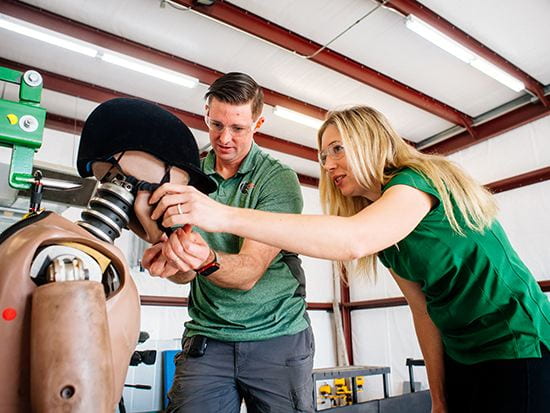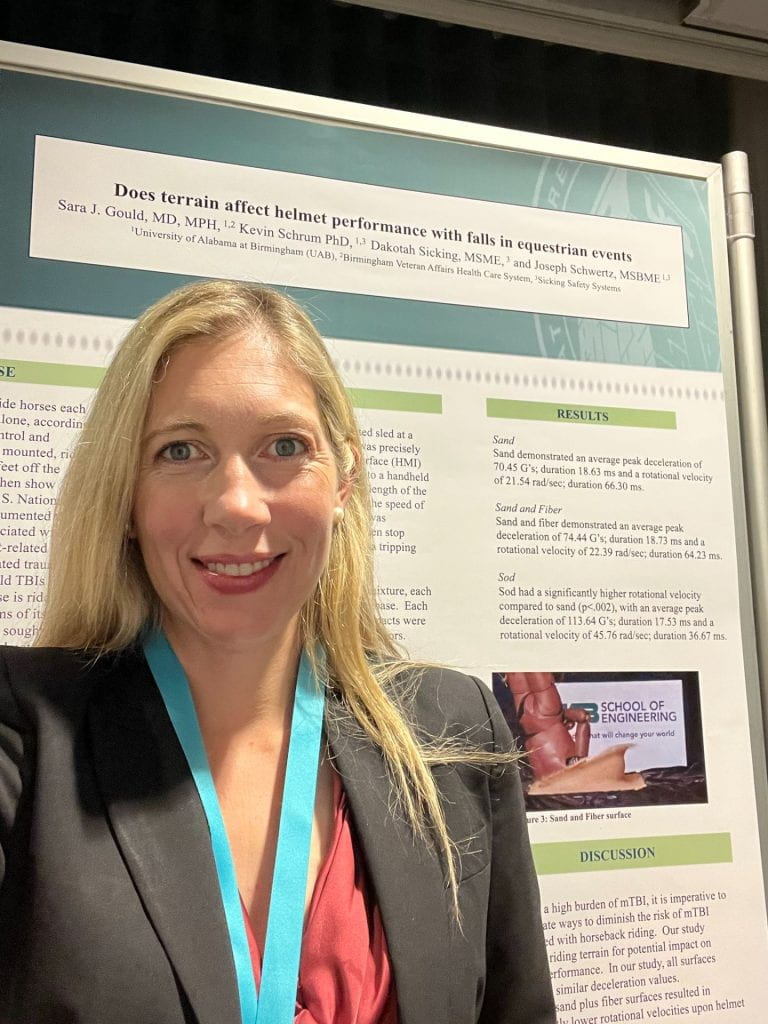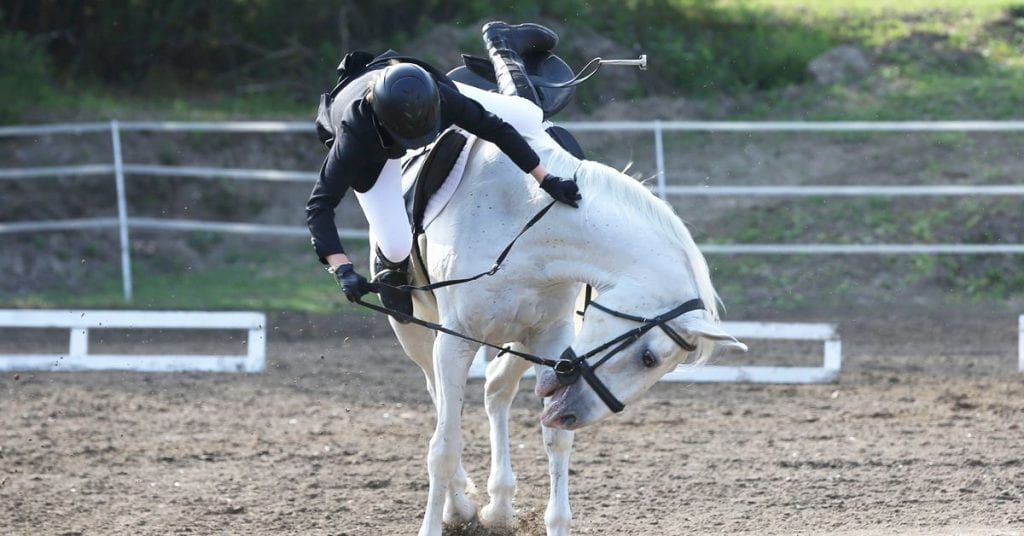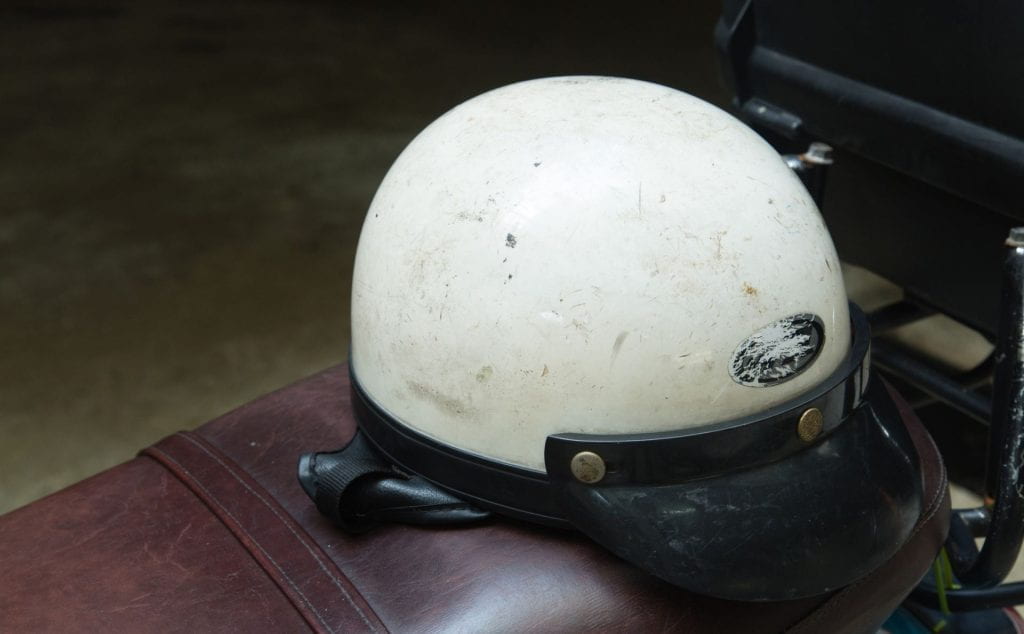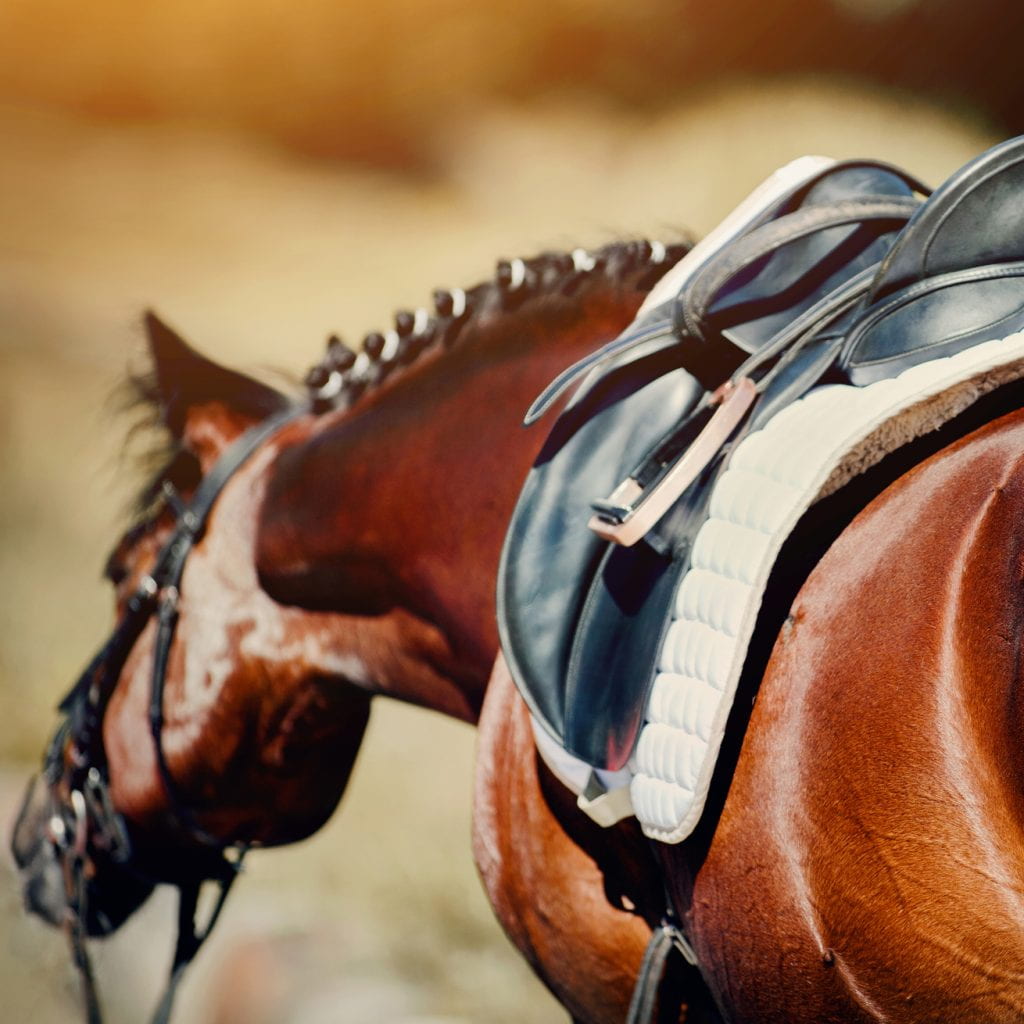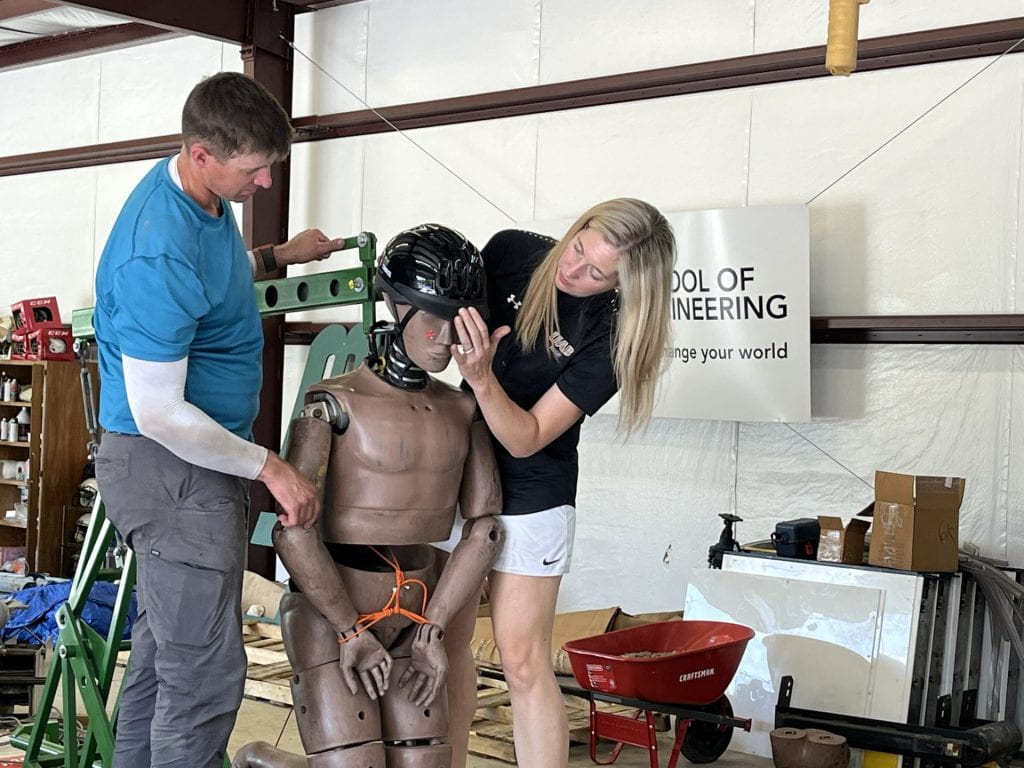
Pioneering research on advancements in equestrian sports medicine was on display at one of sports medicine’s greatest stages. With a focus on enhancing athlete performance and well-being, recent contributions from a research team led by Associate Professor Sara Gould, M.D., M.P.H., marked significant strides in the equestrian community.
